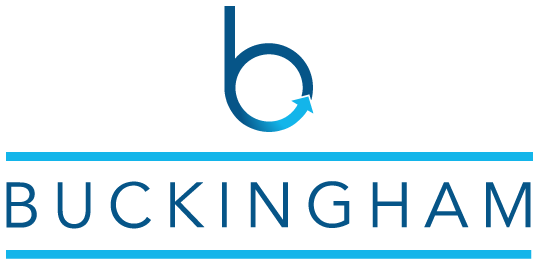Businesses in financial distress have multiple options to consider when attempting to reorganize or liquidate. A state court receivership or Chapter 7 Bankruptcy are likely options for liquidation when there are significant assets and multiple creditor claims. If the Debtor is attempting to save the business and reorganize then it may consider filing under Chapter 11, which is a chapter of the U.S. Bankruptcy Code that is primarily designed for business reorganization. It allows businesses to reorganize and continue operations, rather than shutting down and liquidating assets. Chapter 11 prior to the enactment of Subchapter V was overly cumbersome and expensive for small businesses since the Debtor had strict Court supervision and a complex plan process, and usually involved oversight by a Creditor’s committee, secured lender, and U.S. Trustee, among others. Responding to these concerns, Congress added Subchapter V of Chapter 11 through the Small Business Reorganization Act of 2019. Subchapter V makes the process of filing under Chapter 11 more streamlined and affordable.
Generally, eligibility is limited to debtors engaged in commercial activity and have less than $7.5 million in total secured and unsecured debt (as of 2023), of which at least half comes from business activities. (There is an exclusion for single-asset real estate operations.)
Currently in 2024, Subchapter V bankruptcy filings are on the rise due to the sunsetting of the debt limit set for June 21 that decreases the debt limit eligibility to $2,700,000. This means businesses whose debts exceed $2.7 million will not be eligible to file under Subchapter V.
Unless Congress takes action, the $7.5 million eligibility limit will expire on June 21, 2024. In February there were 213 small business bankruptcy cases filed under Subchapter V, which is a 78% increase from a year prior. With many companies having to deal with SBA debt and other inflationary challenges, bankruptcy cases are expected to continue to rise before the June 21 deadline – especially if they are carrying more than $3 million in debt. The advantage of filing under Subchapter V is that it is a streamlined bankruptcy process and debtors can file a Chapter 11 plan without all the formalities of a full Chapter 11 case that usually involves the creditors’ committee and requirements to file a full disclosure statement and other formalities that make it more expensive than the Subchapter V process. A Subchapter V case is more akin to a Chapter 13 filing rather than a full-blown Chapter 11.


